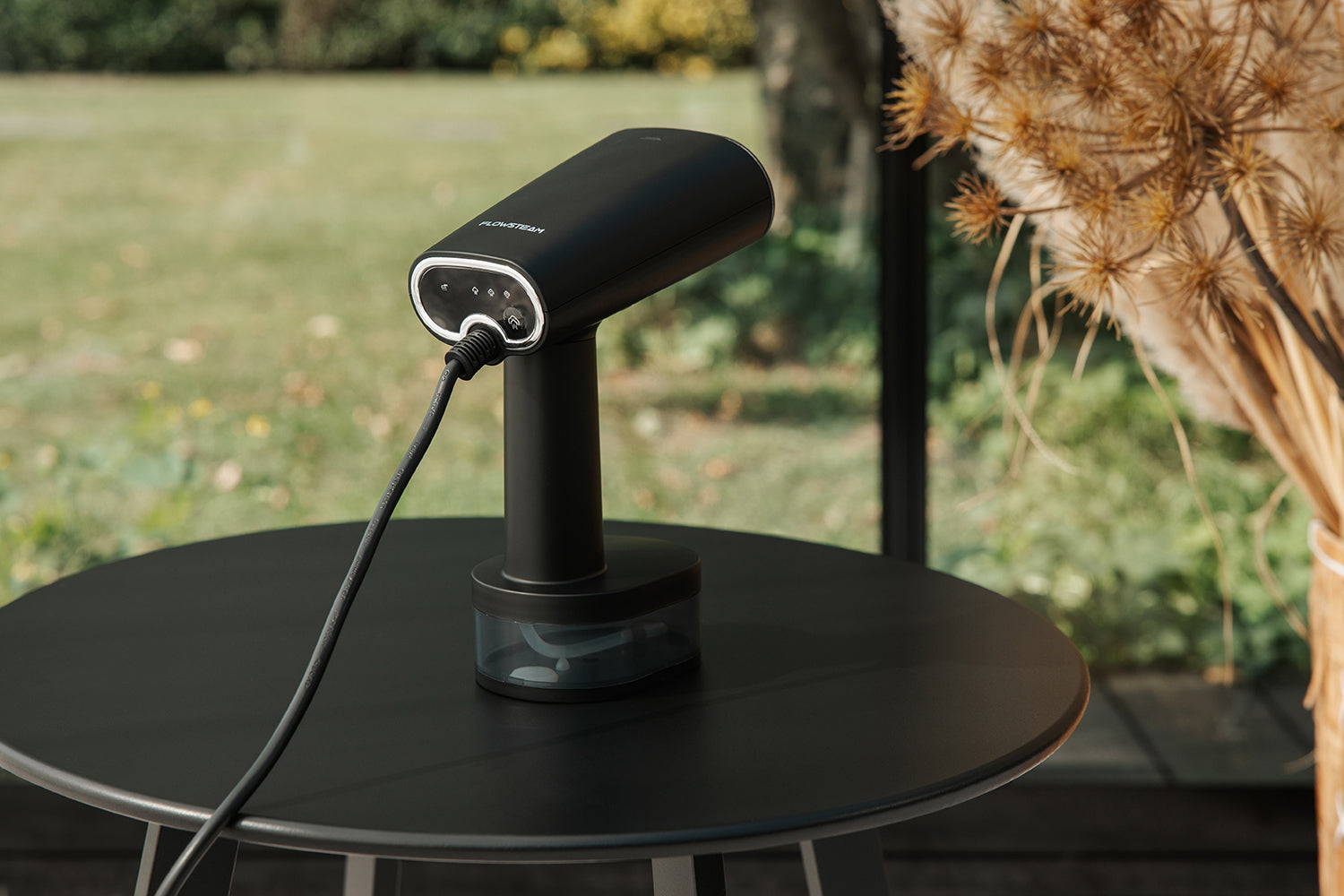Fabric cleaners are an essential household tool, especially if you often deal with delicate fabrics, stubborn stains, or items that can’t easily be machine washed. Whether you use a spray stain remover, a liquid cleaner, or a dry cleaning kit, using fabric cleaner correctly is essential for keeping your clothes in top condition. In this step-by-step guide, we’ll explain how to use fabric cleaner safely and effectively to clean and care for your favorite garments.
Clothes Cleaner Manual
1. Read the washing labels
Before using a clothes cleaner, it is crucial to check the care labels on your clothes. These labels provide important information about the composition of the fabric and provide specific cleaning instructions. Some garments, such as silk, wool or cashmere, may require special care. The label will tell you if the garment is dry clean only, or if it is suitable for a certain temperature or type of cleaner. Failure to follow these instructions can result in shrinkage, discoloration or damage to the fabric.
2. Identify the Type of Stain
The type of stain you are dealing with will determine the type of clothing cleaner you need. There are different cleaners available for grease stains, such as oil or butter, and for protein stains, such as blood or sweat. Some clothing cleaners are specially formulated for organic stains, such as coffee or wine. By correctly identifying the stain, you can choose the most suitable cleaner and maximize the effectiveness of the cleaning.
3. Test the Clothes Cleaner
Before applying the cleaner to a visible part of your clothing, it is important to test the cleaner on an inconspicuous area first. This could be the inside of a seam or a hem. Apply a small amount of cleaner and wait a few minutes to see if the fabric is discolored or damaged. If everything seems fine, you can continue treating the rest of the stain. Testing the cleaner is especially important for delicate fabrics or brightly colored garments that may be prone to discoloration.
4. Treat the Stain
Now that you know the cleaner is safe for your fabric, you can treat the stain. Apply the cleaner to the stain, usually by blotting or lightly rubbing, depending on the instructions on the cleaner’s packaging. Use a clean, white cloth or sponge to apply the cleaner. Avoid rubbing, as this can push the stain further into the fabric and make it more difficult to remove. Give the cleaner time to work; this can range from a few minutes to a few hours, depending on the stubbornness of the stain and the manufacturer’s recommendations.
5. Rinse or Blot the Cleaner Off
After the cleaner has worked, it is time to rinse or blot it off, depending on the type of cleaner you used. If you used a liquid cleaner, you can hold the garment under cold water to rinse out the cleaner. With other cleaners, it may be sufficient to blot away the cleaner residue with a damp cloth. Make sure to remove all traces of the cleaner, as any remaining chemicals can damage the fabric or affect the colors.
6. Let the Garment Dry
Once the cleaner has been completely removed, allow the garment to dry. This can be done by hanging it up or laying it flat, depending on the type of fabric. Avoid direct exposure to sunlight, as this can fade the colours. For delicate fabrics, it is often better to let the garment dry indoors in a well-ventilated area. After drying, check to see if the stain has completely disappeared. If the stain is still visible, you can repeat the treatment or consider seeking professional help.
7. Maintain your Clothing Cleaner
Last but not least, is the maintenance of your clothes cleaner. Close the bottles or sprays tightly after use and store them in a cool, dry place. Some clothes cleaners can lose their effectiveness over time, so always check the expiration date. Regular maintenance of your cleaning products will ensure that they stay in top condition and are ready to use when you need them.





Leave a comment
This site is protected by hCaptcha and the hCaptcha Privacy Policy and Terms of Service apply.